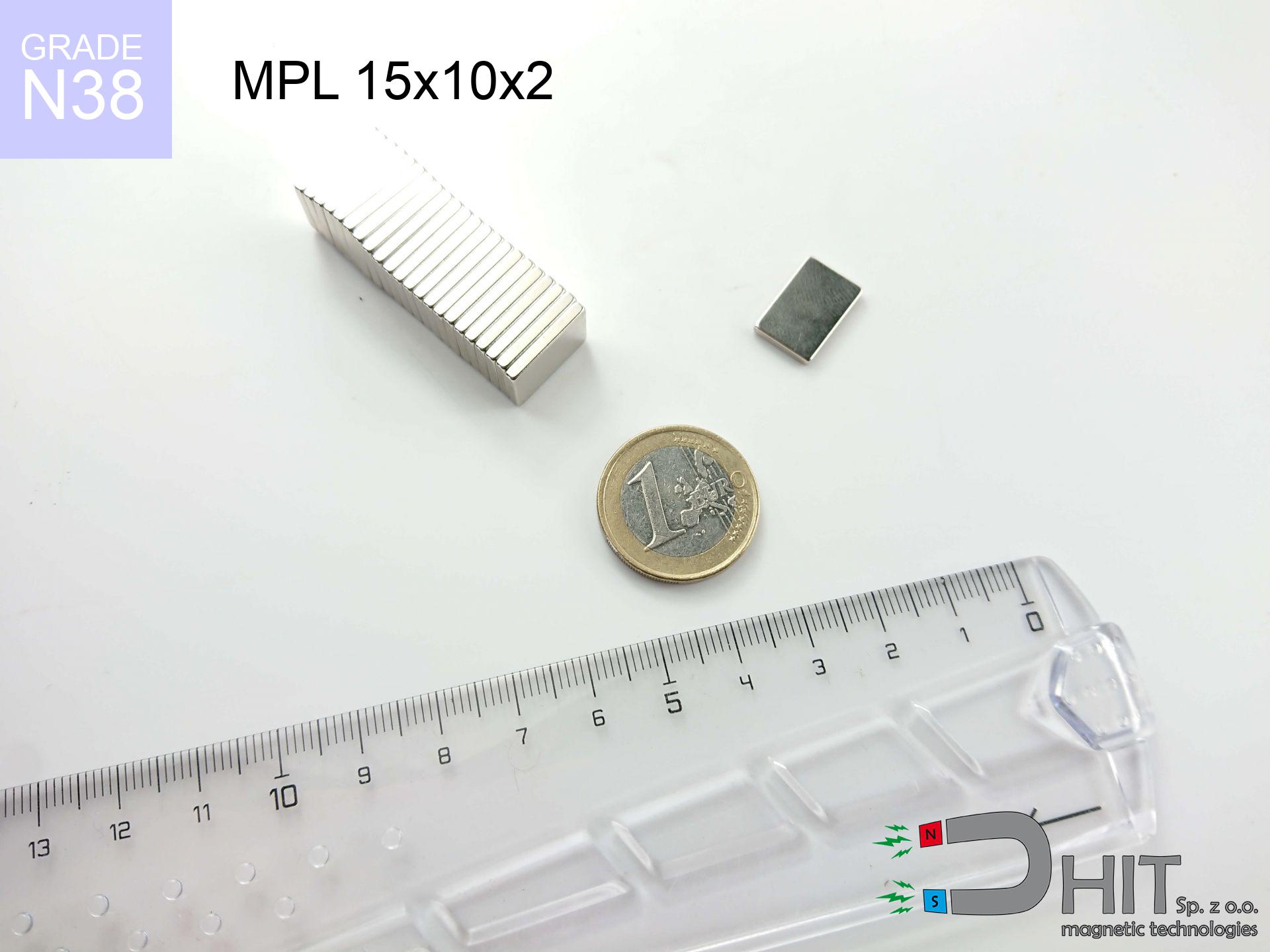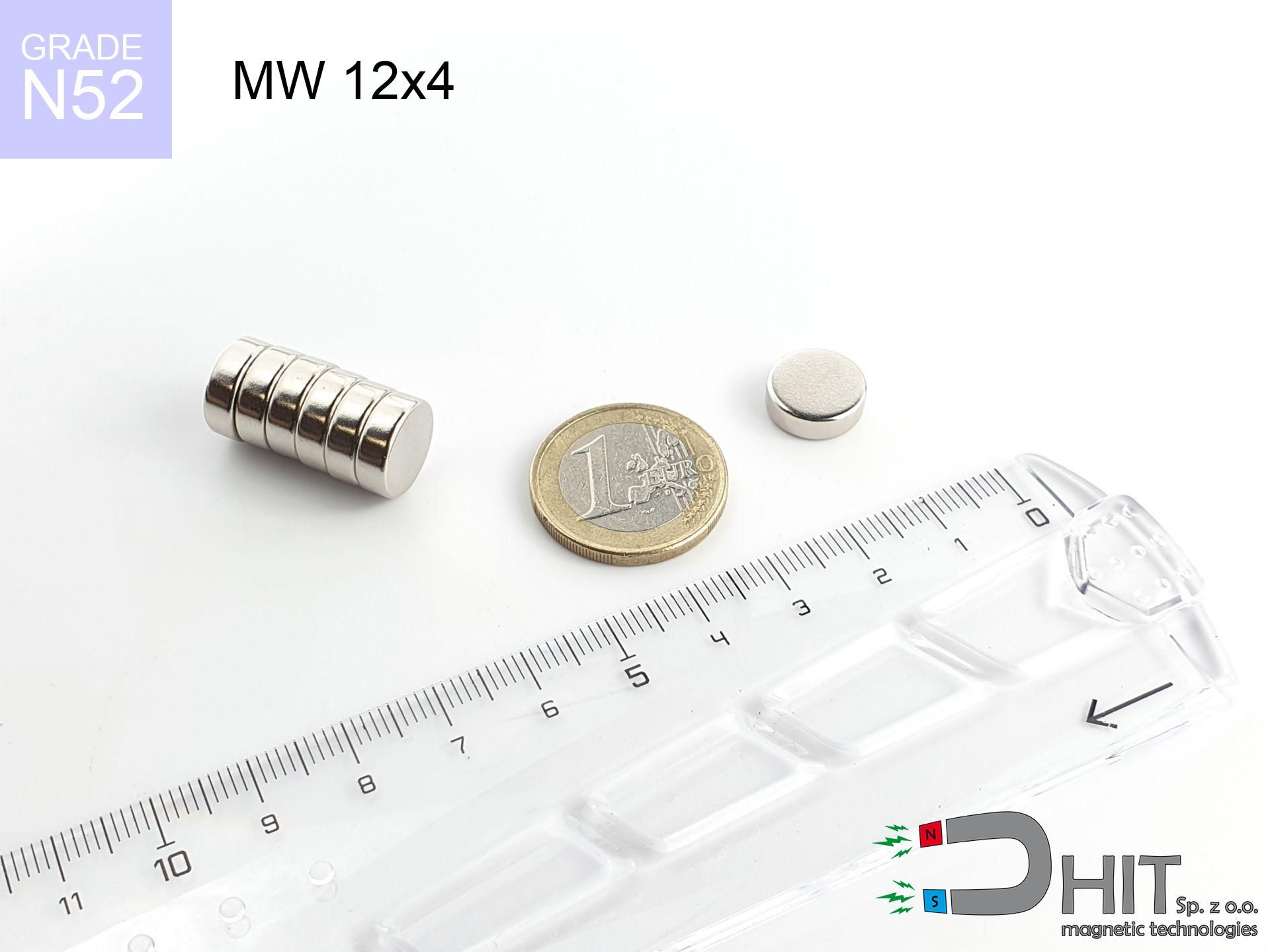SM 32x425 [2xM8] / N52 - magnetic roller
magnetic separator
catalog number 130464
GTIN: 5906301813354
diameter Ø
32
mm [±0,1 mm]
height
425
mm [±0,1 mm]
max. temperature
≤ 80
°C
catalog number 130464
GTIN: 5906301813354
diameter Ø
32 mm [±0,1 mm]
height
425 mm [±0,1 mm]
max. temperature
≤ 80 °C
1340.70 ZŁ gross price (including VAT) / pcs +
1090.00 ZŁ net price + 23% VAT / pcs
bulk discounts:
need more quantity?Want to bargain?
Call us tel: +48 888 99 98 98 or write via contact form on our website. You can check the lifting capacity as well as the appearance of neodymium magnets in our force calculator power calculator
Orders placed by 2:00 PM will be shipped on the same business day.
Specification: magnetic separator 32x425 [2xM8] / N52
Magnetic properties of the material N52
Physical properties of sintered neodymium magnets Nd2Fe14B
Shopping tips
Advantages as well as disadvantages of neodymium magnets NdFeB.
In addition to immense strength, neodymium magnets have the following advantages:
- They do not lose power over time - after 10 years, their power decreases by only ~1% (theoretically),
- They are extremely resistant to demagnetization by external magnetic field,
- In other words, thanks to the shiny nickel, gold, or silver finish, the element gains an aesthetic appearance,
- They have very high magnetic induction on the surface of the magnet,
- By using an appropriate combination of materials, they can achieve high thermal resistance, allowing them to operate at temperatures up to 230°C and above...
- Due to the option of accurate forming or adaptation to individual needs – neodymium magnets can be produced in various forms and dimensions, which amplifies their universality in usage.
- Key role in the industry of new technologies – find application in HDD drives, electric drive mechanisms, medical equipment or various technologically advanced devices.
Disadvantages of neodymium magnets:
- They can break as they are fragile when subjected to a strong impact. If the magnets are exposed to impacts, it is suggested using magnets in a metal holder. The steel housing in the form of a holder protects the magnet from impacts and also increases its overall strength,
- Magnets lose their power due to exposure to high temperatures. In most cases, when the temperature exceeds 80°C, these magnets experience permanent reduction in strength (although it is worth noting that this is dependent on the shape and size of the magnet). To avoid this problem, we offer special magnets marked with the [AH] symbol, which exhibit high temperature resistance. They can operate even at temperatures as high as 230°C or more,
- They rust in a humid environment - during outdoor use, we recommend using waterproof magnets, such as those made of rubber or plastic,
- The use of a cover - a magnetic holder is recommended due to the limited production capabilities of creating threads or complex shapes in the magnet
- Health risk to health from tiny fragments of magnets are risky, in case of ingestion, which becomes significant in the context of children's health. It's also worth noting that small elements of these devices have the potential to be problematic in medical diagnosis when they are in the body.
Safety Precautions
Neodymium magnets are the most powerful magnets ever created, and their strength can shock you.
Read the information on our website on how to properly utilize neodymium magnets and avoid significant harm to your body and unintentional disruption to the magnets.
Do not give neodymium magnets to youngest children.
Not all neodymium magnets are toys, so do not let children play with them. In such a situation, surgery is necessary to remove them. In the worst case scenario, it can result in death.
Keep neodymium magnets away from TV, wallet, and computer HDD.
Neodymium magnets produce strong magnetic fields that can destroy magnetic media such as floppy disks, video tapes, HDDs, credit cards, magnetic ID cards, cassette tapes, or other devices. They can also damage videos, televisions, CRT computer monitors. Do not forget to keep neodymium magnets away from these electronic devices.
The magnet coating contains nickel, so be cautious if you have a nickel allergy.
Studies clearly indicate a small percentage of people who suffer from metal allergies such as nickel. An allergic reaction often manifests as skin redness and rash. If you have a nickel allergy, you can try wearing gloves or simply avoid direct contact with nickel-plated neodymium magnets.
Neodymium magnets are not recommended for people with pacemakers.
In the case of neodymium magnets, there is a strong magnetic field. As a result, it interferes with the operation of a heart pacemaker. However, if the magnetic field does not affect the device, it can damage its components or deactivate the device when it is in a magnetic field.
Dust and powder from neodymium magnets are highly flammable.
Avoid drilling or mechanical processing of neodymium magnets. Once crushed into fine powder or dust, this material becomes highly flammable.
Magnets made of neodymium are extremely fragile, leading to shattering.
In the event of a collision between two neodymium magnets, it can result in them getting chipped. They are coated with a shiny nickel plating similar to steel, but they are not as hard. In the case of a collision between two magnets, there can be a scattering of small sharp metal fragments in different directions. Protecting your eyes is essential.
Neodymium magnets can become demagnetized at high temperatures.
Although magnets have demonstrated their effectiveness up to 80°C or 175°F, the temperature can vary depending on the type, shape, and intended use of the specific magnet.
Neodymium magnets are primarily characterized by their significant internal force. They attract to each other, and any object that comes in their way will be affected.
Neodymium magnets will jump and touch together within a radius of several to around 10 cm from each other.
Under no circumstances should neodymium magnets be brought close to GPS and smartphones.
Neodymium magnets produce intense magnetic fields that interfere with magnetometers and compasses used in navigation, as well as internal compasses of smartphones and GPS devices.
In order for you to know how strong neodymium magnets are and why they are so dangerous, see the article - Dangerous very powerful neodymium magnets.

![SM 32x425 [2xM8] / N52 - magnetic roller SM 32x425 [2xM8] / N52 - magnetic roller](https://cdn3.dhit.pl/graphics/products/sm-32x425-2xm8-tas.jpg)

![magnetic holder rubber internal thread 66x8.5 [M8] GW / N38 magnetic holder rubber internal thread 66x8.5 [M8] GW / N38](https://cdn3.dhit.pl/graphics/products/umg-66x8.5-m6-gw-wud.jpg)
![search holder 135x40 [M10+M12] GW F 600 kg / N38 search holder 135x40 [M10+M12] GW F 600 kg / N38](https://cdn3.dhit.pl/graphics/products/ump135x40-m10+m12-gw-f-600-kg-luz.jpg)


